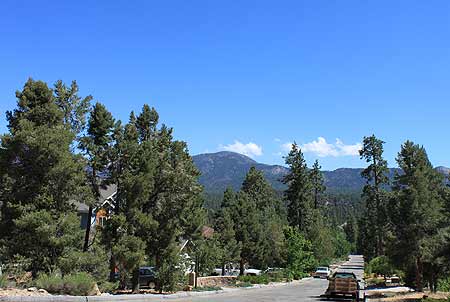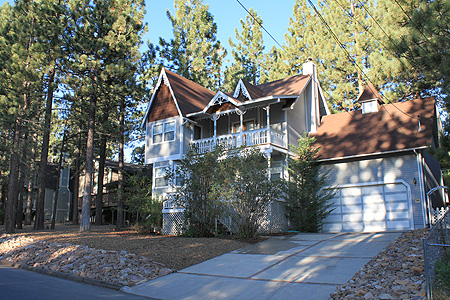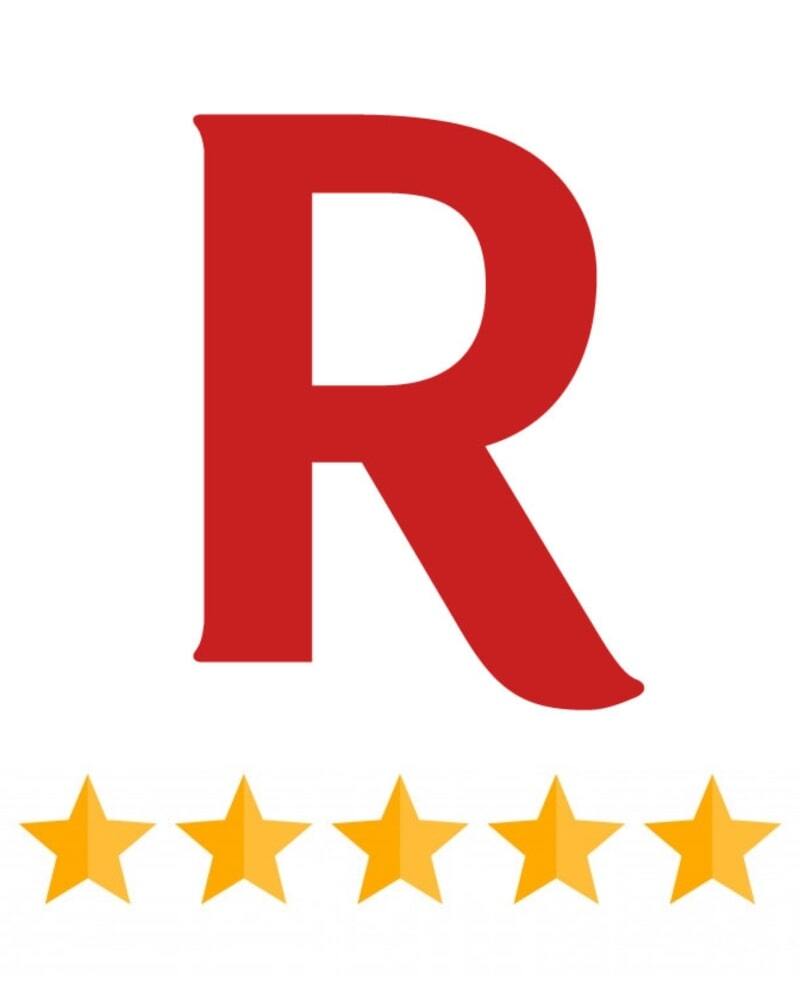Finding and maintaining the correct property and liability insurance for your Big Bear vacation home can be a challenge. Most vacation properties are located in high risk areas such as low-lying beach towns or in national forests and that alone can make finding insurance difficult. Add into the equation that the property may be rented on a part-time basis and things can get really complicated. Here are a few basic rules to follow to help protect you and your property from insurance nightmares.
Rule One – Honesty Is The Best Policy
Be completely honest with your insurance agent if you plan to rent out your property. If someone staying in your property causes damage, or files a lawsuit against you, your insurance agent will get wise to your rental activity. If you haven’t disclosed that your property is a rental, your insurance policy can be voided and you will be completely exposed. Be honest from the get-go. Sure, it will mean a higher premium, but it’s not worth risking your life savings.
Rule Two – If At First You Don’t Succeed, Try Again
When shopping for insurance, start with the companies that have your current homeowners and auto policies. It’s always cheaper to umbrella your coverage with one company. But don’t be surprised if you get turned down. Vacation home insurance is a specialty market and some traditional companies won’t be able to insure you.
Ask your agent for a referral and check with other owners in your area. They will probably have several recommendations between them and one of the companies will be a good fit for what you need.
Rule Three – Ask The Right Questions, Give The Right Answers
It’s important to use the right language and ask the right questions when speaking to an insurance agent. Never tell your agent that your property will be vacant. The correct term to use is “unoccupied” A vacant property is a red flag that will scare off most insurance companies.
Vacation home insurance usually falls under the “surplus lines” category. The companies that specialize in this type of insurance are Lloyd’s of London, AIG, Lexington, and Allied Insurance. If your current insurer can’t cover your property, ask them for a surplus lines referral.
Ask your insurance agent how much liability coverage you should be carrying. The minimum is usually about $1,000,000 but the amount can change based upon your financial situation. It’s just common sense; if you have more to lose you’ll want more liability coverage.
You may be asked for the name of your property manager and you need to be prepared. If you’re a “rent by owner” and you’re asked who manages your property, give them the name of your housekeeper or maintenance man. The insurance company is going to want to hear that someone is available in case of emergency. If you don’t have a third-party contact set up you could potentially raise another red flag.
Rule Four – Check Your Insurance Company’s Financial Status
The place to check the financial status of an insurance company is www.ambest.com. Type in the name of the insurance company and you’ll be able to pull up a little history of that insurance company, how long they’ve been in business, and what their financial status is. What you’re really looking for is an A rated company. Don’t go back to grade school and think that B and C are any good. When it comes to protecting your Big Bear investment, you really want an A rated insurance company in your corner.
More Home Insurance;
-
Home Insurance Basics-A Few Tips for New Homeowners and Free Home … – In addition to that you will discover several home insurance tips and facts that…
- Best Tips To Compare House Insurance – It is important to compare house insurance to find the one which best suits your …
-
How to Buy Homeowners Insurance: Advice and Tips – Home owners insurance is not something you can afford to let slip through the…









Speak Your Mind